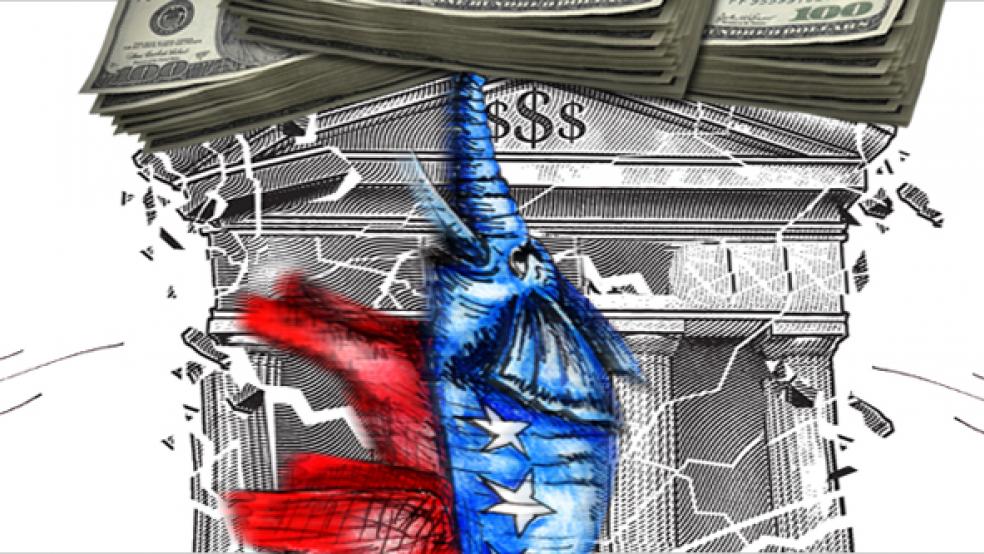Economists at J.P. Morgan say there are no historical examples of countries failing to pay their debts due to internal political conflicts — as opposed to economic crises, in which case there are many examples, typically with dire results. As a result, they wrote in a note to clients Tuesday, it’s hard to know what the economic ramifications of failing to raise the debt ceiling would be.
Related: The US Doesn't Deserve a AAA Credit Rating
In their analysis, a technical default resulting from a failure to raise the debt ceiling could potentially damage the economy in five ways:
- Fiscal contraction: Federal revenues in October typically cover only about 65 percent of government spending, so overall spending levels in the economy would contract significantly right away.
- Increased uncertainty:The federal government is the largest single actor in the U.S. economy, and a lack of clarity about its behavior could damage confidence and planning.
- U.S. debt ratings: S&P downgraded the U.S. credit rating after a debt ceiling dispute in 2011 — even though the borrowing limit was raised. Any further downgrades might have a significant negative impact in the financial markets.
- Reduced foreign demand for Treasury debt: International investors are the largest owners of Treasuries, and any kind of default will likely reduce demand, driving interest rates higher. This would also drive up the cost of the budget deficit: J.P. Morgan says that every quarter of a percentage point in additional interest expense adds $260 billion to the budget deficit over 10 years.
- Tighter financial markets: Treasury collateral secures more than $1 trillion in the repo market, which plays a key role in maintaining liquidity in fixed income markets. Rapid changes in asset prices could have a significant effect: “A sharp repricing of Treasury collateral in response to a technical default would likely increase haircuts, potentially leading to significant margin calls, some forced deleveraging, and a decline in lending capacity in financial markets.”




